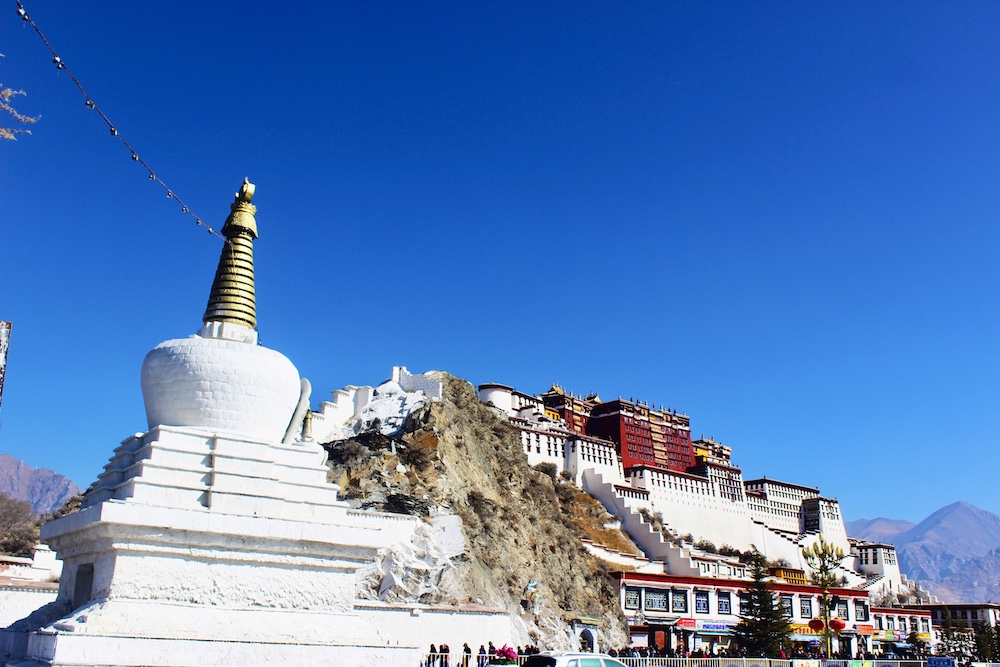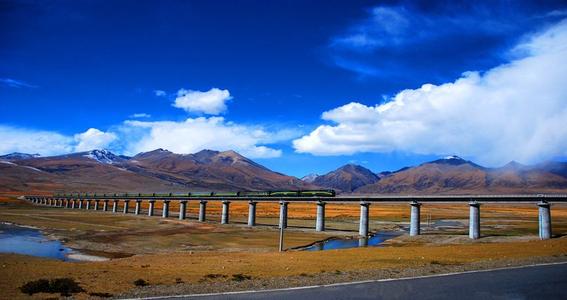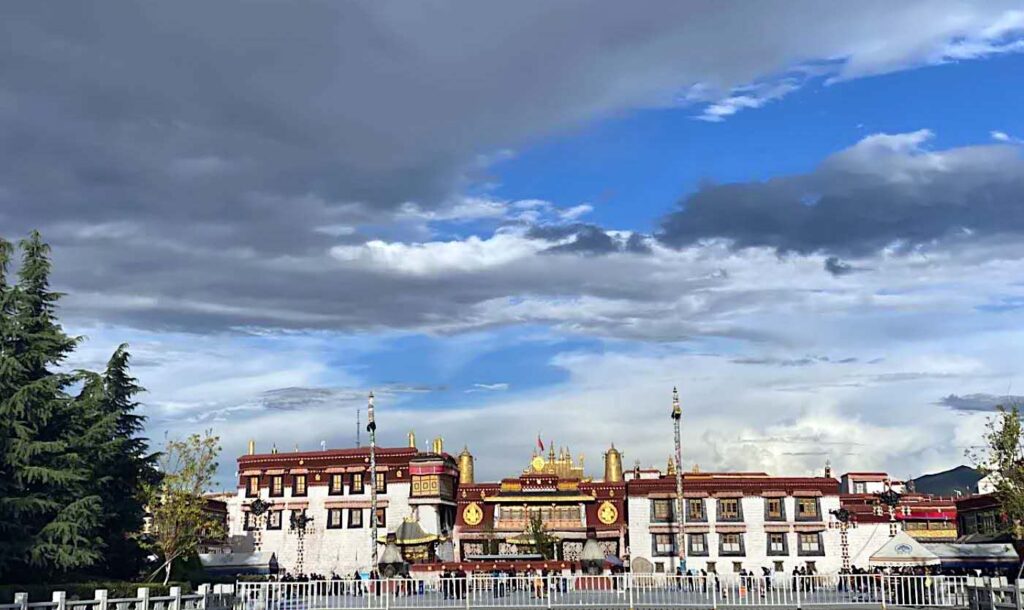Nestled amidst the towering peaks of the Himalayas, Lhasa—the capital of Tibet—beckons travelers with its rich cultural heritage, spiritual significance, and breathtaking landscapes. Whether you’re a devout pilgrim seeking enlightenment or an adventurous traveler in search of new horizons, embarking on a journey to Lhasa promises to be an unforgettable experience.

But with its remote location, high altitude, and unique challenges, proper planning and preparation are essential for a safe and successful journey. Here’s everything you need to know about how to travel to Lhasa and immerse yourself in the vibrant tapestry of Tibetan culture and tradition.
Choosing Your Route
There are several routes for traveling to Lhasa, each offering its own unique experiences and attractions. The most popular route is by air, with daily flights available from major cities in China, including Beijing, Shanghai, Chengdu, and Xi’an. The flight to Lhasa offers stunning views of the Himalayas and the Tibetan Plateau, providing a memorable introduction to the region’s rugged beauty. Alternatively, you can travel to Lhasa by train, with the Qinghai-Tibet Railway offering a scenic and comfortable journey from cities such as Beijing, Chengdu, and Xining. The train journey to Lhasa is renowned for its breathtaking views, including the highest railway pass in the world, the Tanggula Pass, at an elevation of over 5,000 meters (16,404 feet).

Obtaining Permits
Before traveling to Lhasa, it’s important to obtain the necessary permits and travel documents required for visiting Tibet. This typically includes a Tibet Travel Permit, which allows you to enter Tibet, as well as any additional permits required for traveling to certain areas outside of Lhasa, such as Mount Everest Base Camp or Mount Kailash. Permits are issued by the Tibet Tourism Bureau and can only be obtained through a registered travel agency in Tibet. Be sure to apply for permits well in advance of your intended travel dates, as processing can take several weeks.
Preparing for Altitude
Lhasa is situated at a high altitude, with an elevation of over 3,600 meters (11,800 feet) above sea level. As such, it’s important to acclimatize properly to the altitude to avoid altitude sickness and other health risks. Plan to spend a few days in Lhasa or another lower-altitude destination upon arrival in Tibet, allowing your body to adjust gradually to the thin air. During your stay in Lhasa, avoid strenuous activity, stay hydrated, and avoid alcohol and caffeine, which can exacerbate altitude-related symptoms.

Exploring Lhasa
Once you’ve arrived in Lhasa, you’ll find yourself immersed in a vibrant tapestry of Tibetan culture, tradition, and spirituality. From the iconic Potala Palace and the sacred Jokhang Temple to the bustling Barkhor Street market and the serene Drepung and Sera Monasteries, Lhasa offers a wealth of attractions to explore and discover. Take the time to wander the ancient streets, mingle with pilgrims and monks, and immerse yourself in the rich history and heritage of the Tibetan people.
Respecting Local Customs
As you explore Lhasa and its surrounding areas, it’s important to respect the customs, traditions, and beliefs of the local Tibetan people. Dress modestly when visiting monasteries and religious sites, and ask permission before taking photographs of monks or religious ceremonies. Refrain from touching religious artifacts or statues unless invited to do so, and be mindful of local customs and etiquette, such as walking in a clockwise direction around sacred sites and refraining from pointing your feet towards religious objects or people.
Conclusion
Traveling to Lhasa is a journey of discovery, enlightenment, and profound connection with the rich cultural heritage and spiritual traditions of Tibet. With proper planning, preparation, and an open heart, your journey to Lhasa promises to be an unforgettable adventure that will stay with you for a lifetime. So, pack your bags, set your intentions, and prepare to embark on a transformative journey to the heart of Tibet—the enchanting city of Lhasa.
